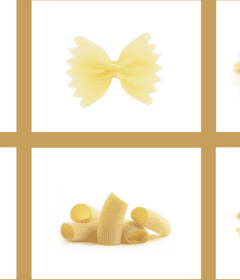Fish to Eat in Italy
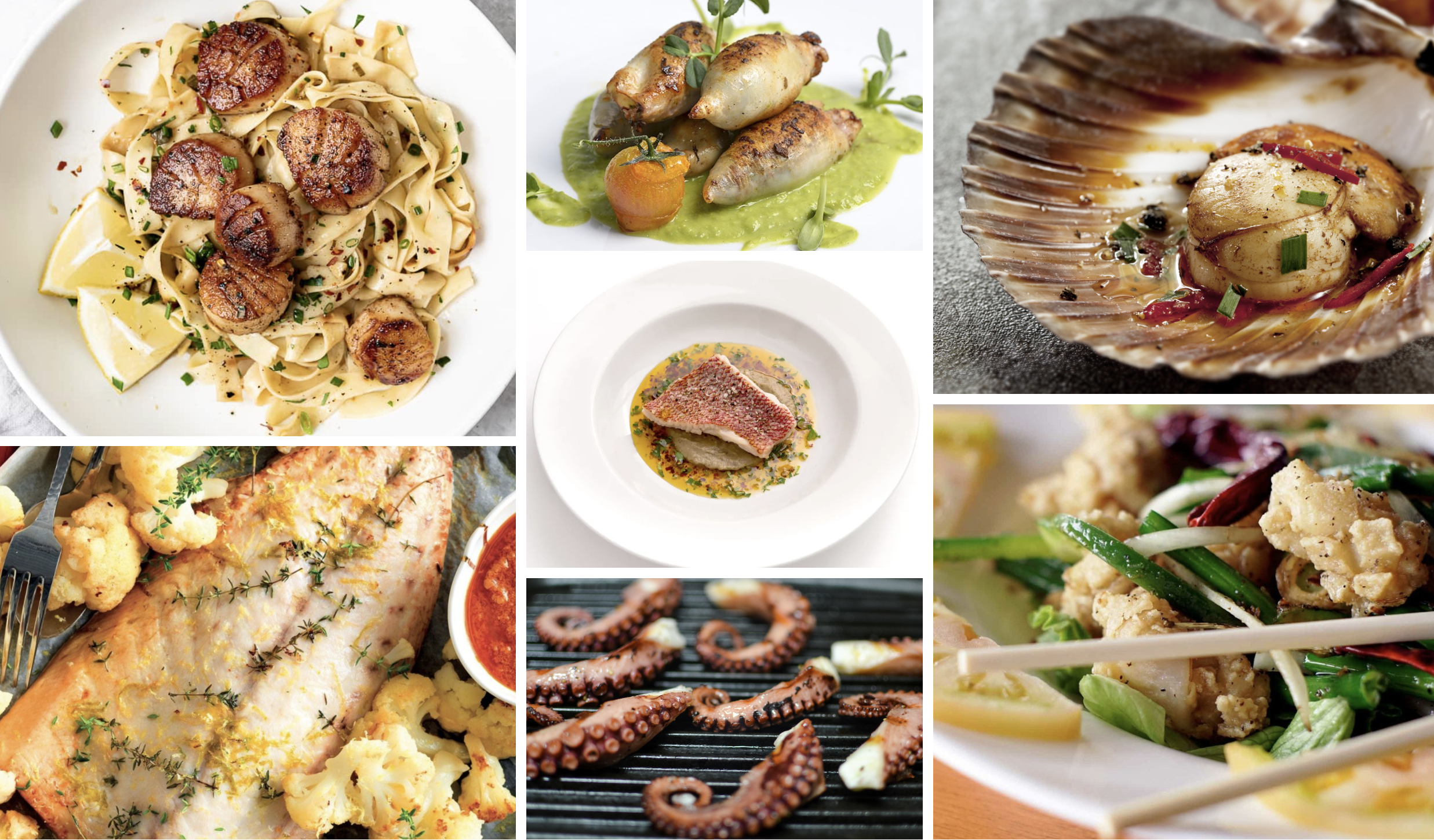
Fish to Eat in Italy – Fish is served in a variety of ways but one of the most common is grilled.
If it’s a small fish, it will be cooked and served whole, though a larger fish might be offered for two or more people in your party to share.
Fish to Eat in Italy – Some restaurants in Italy still bring the raw fish to your table before preparation so you can choose what you want and see that it’s fresh.
People from the United States are sometimes surprised that the fish they ordered is served to them whole, head and all.
Don’t worry, often the wait staff will present the whole fish to you and then ask if you want them to debone it.
Fish to Eat in Italy – If they don’t you can usually ask them to do it for you.
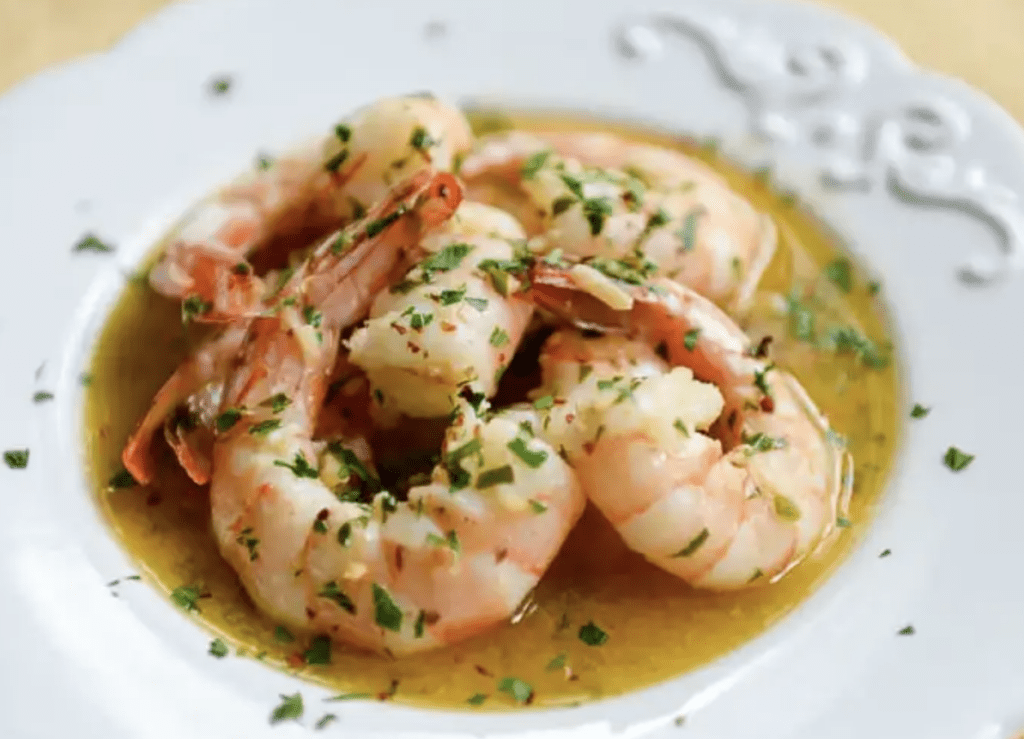
Fish to Eat in Italy – Scampi or Lagoustine
The word “scampi” is Italian for a type of small crustacean akin to a mini lobster.
They’re similar to shrimp, but scampi — also known as Dublin Bay Prawn, langoustines, or Norway Lobster — aren’t typically found in oceans near the U.S
Scampi are tiny, lobster-like crustaceans with pale pink shells (also called langoustines.)
In Italy, they’re traditionally prepared by sauteeing them with olive oil, garlic, onion and white wine.
When Italians came to the United States, shrimp was swapped for scampi, but the dish kept both names.
Scampi in the United States is now just associated with the seafood dish.
One traditional way of preparing them in Italy, is to sauté them with olive oil, garlic, onion and white wine.
Italian cooks in the United States swapped Shrimp for Scampi, but kept both names.
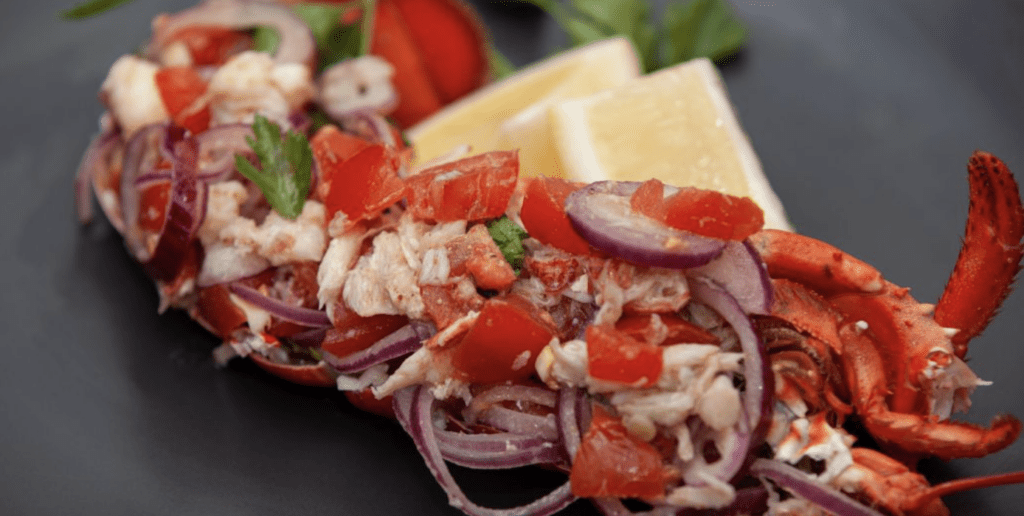
Aragosta alla Catalana – Lobster
Lobster Catalan is a simple recipe, served both as a main course but also as an appetizer.
The delicate and refined flavor of the lobster meat combined with tomatoes and red onion.
Aragosta alla Catalana is an Italian dish originating from Sardinia.
The salad is prepared with lobster, tomatoes, onions, oil, and lemon.
Depending on the variations, the dish can also contain potatoes, cherry tomatoes, and capers.
The lobster is usually boiled and cut into smaller pieces, then mixed with a combination of oil, tomatoes, onions, and lemon juice.
This dish is traditionally served hot, and even though it’s very simple, some claim it’s the most lavish dish in Alghero.
Lobster that’s native to Italian waters, what we call a spiny lobster here, is smaller than its American counterpart.
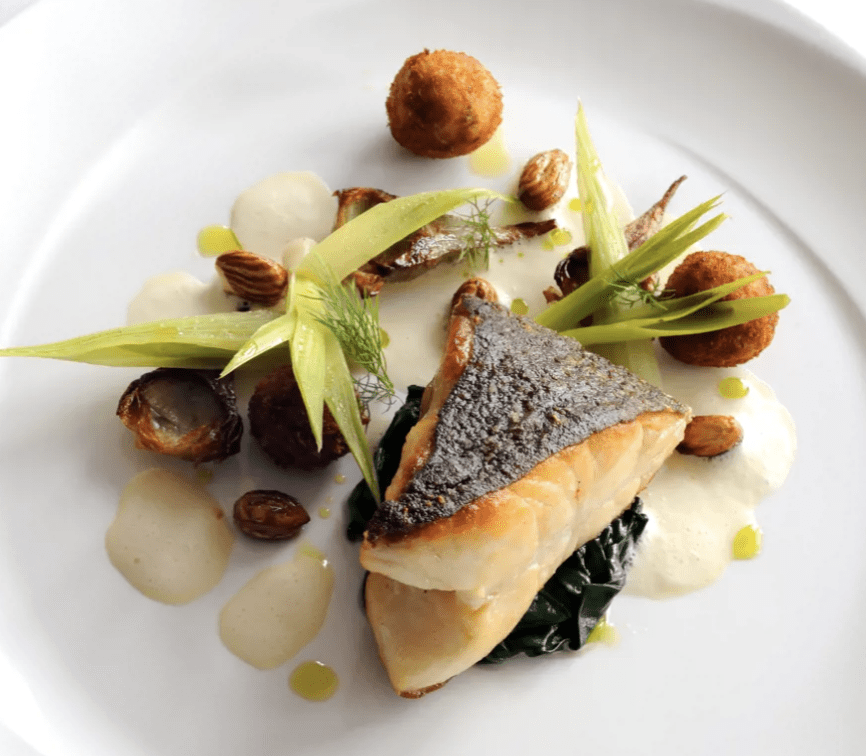
Fish to Eat in Italy – Torbot
Turbot is one of the most refined and elegant fish.
The turbot is a relatively large species of flatfish in the family Scophthalmidae.
It is a demersal fish native to marine or brackish waters of the Northeast Atlantic, Baltic Sea and the Mediterranean Sea. It is an important food fish.
As the name suggests, it has a rhomboid shape and is distinguished from other rhombuses due to the bony tubercles present on the body from which its name “spiked” derives.
It lives in nature lying with the blind side and whitish in color, on the sandy or sandy bottoms of which it takes on the color to blend in.
The best way to cook it is definitely by steaming it: cook it for about 15 minutes in a steamer or in foil in the oven.
A drizzle of raw oil and a few flakes of Maldon salt will enhance the delicacy of the meat.
Accompany it with roasted potatoes or sautéed artichokes, success is guaranteed.
Like all white fish, turbot should be cooked with care and skill.
Because turbot flesh is quite delicate, wet heat cooking methods such as steaming, poaching or cooking en papillote are preferable, though not crucial.
Dry heat methods such as pan-frying and grilling add flavour but should be implemented gently.
To know when turbot is cooked, insert a sharp knife into the thickest part of the flesh – if it’s cooked through the knife will come out hot to the touch. The flesh should also feel springy.
Baking or roasting turbot whole is one of the best – if not the best – way of cooking this deluxe fish.
Cooking turbot whole with the bones is always preferable as it adds flavor to the fish.
Salt seals in moisture, making it an excellent way to bake turbot – making the fish succulent but not salty.
When cooking turbot whole, ensure that it’s been gutted, with gills and scales removed or this can impart an unpleasant bitter taste.
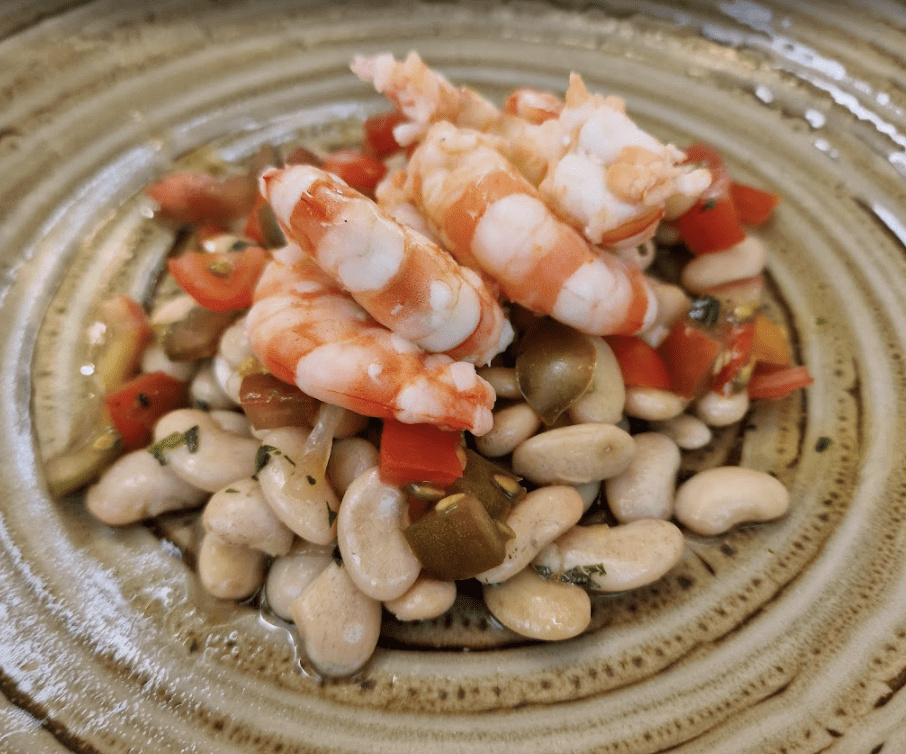
Shrimp
Shrimp, or gamberi, are most often served in the shell, usually with the head still on, and you’ll have to take the shells off yourself.
Encased in a shell that really holds in the flavor and adored with its head intact, whole shrimp possess a flavor on an entirely different level than the shelled, headless variety that we’ve become accustomed to on this side of the Atlantic Ocean.
Although it may look strange to you, shrimp cooked this way are usually more flavorful.
You might also notice on the Italian menu that there are more types of shrimp in Italy than in the United States, including scampi, which are a large, spiny prawn with claws.
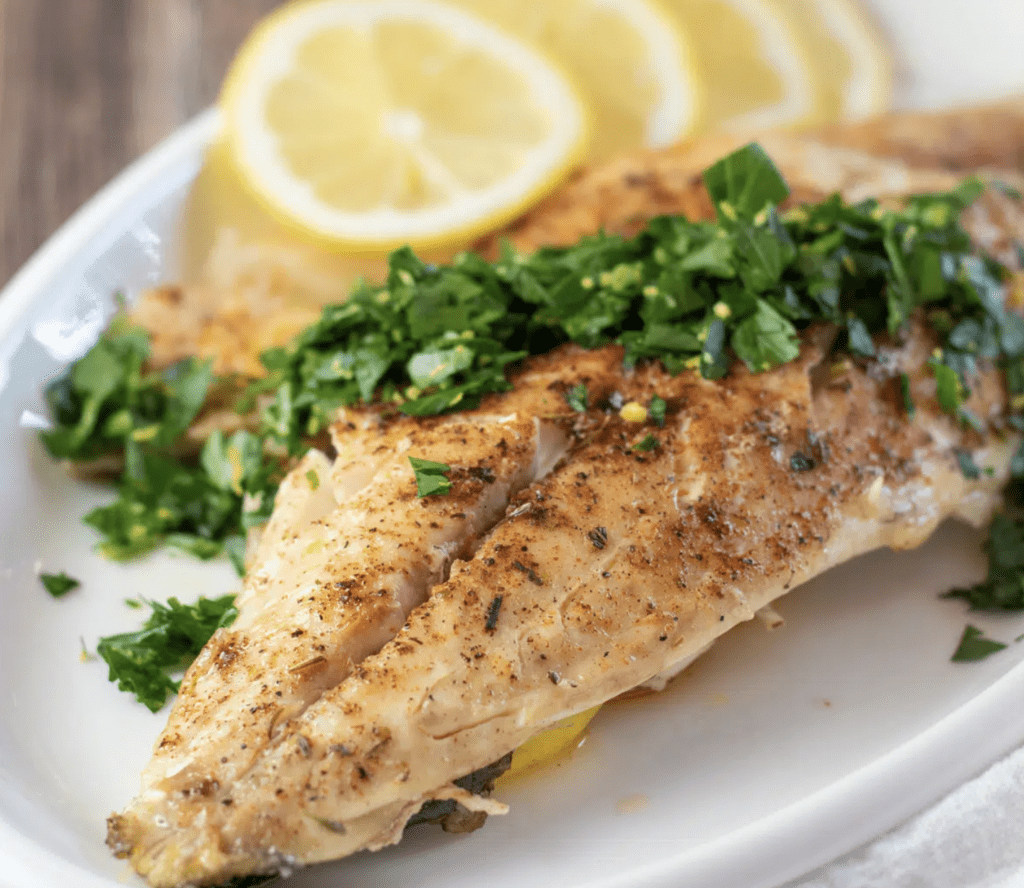
Fish to Eat in Italy – Branzino / Spigola
European Seabass.
These handsome fish are served whole, roasted or grilled with olive oil and herbs, sometimes together with potatoes.
It is priced by weight, and the whole fish is usually presented at the table first for inspection before being cooked, and then for inspection once ready to serve.
Your waiter will ask if you would like him or her to clean the roasted fish for you (opt for the full service at least once, as experienced waiters have made an art of cleaning and deboning whole fish).
Branzino is a mild white fish popular in Italian cuisine and usually roasted whole and served with lemon.
Also called European bass, the fish has been showing up on menus around the country and world as chefs and diners enjoy branzino’s sweet, flaky meat.
Branzino has many names, from capemouth and sea perch to loup de mer and “king of the mullets,” though most of the time it’s called branzino or European sea bass.
Outside its native Mediterranean Sea, branzino can be found in the eastern Atlantic Ocean from Norway to Senegal, as well as the Black Sea.
Since it’s a migratory species, branzino travel south for the winter into warmer waters.
This night-hunting fish grows up to three pounds, though most of the branzino you’ll see on the plate is closer to one or two pounds — making it a perfect dish for two.
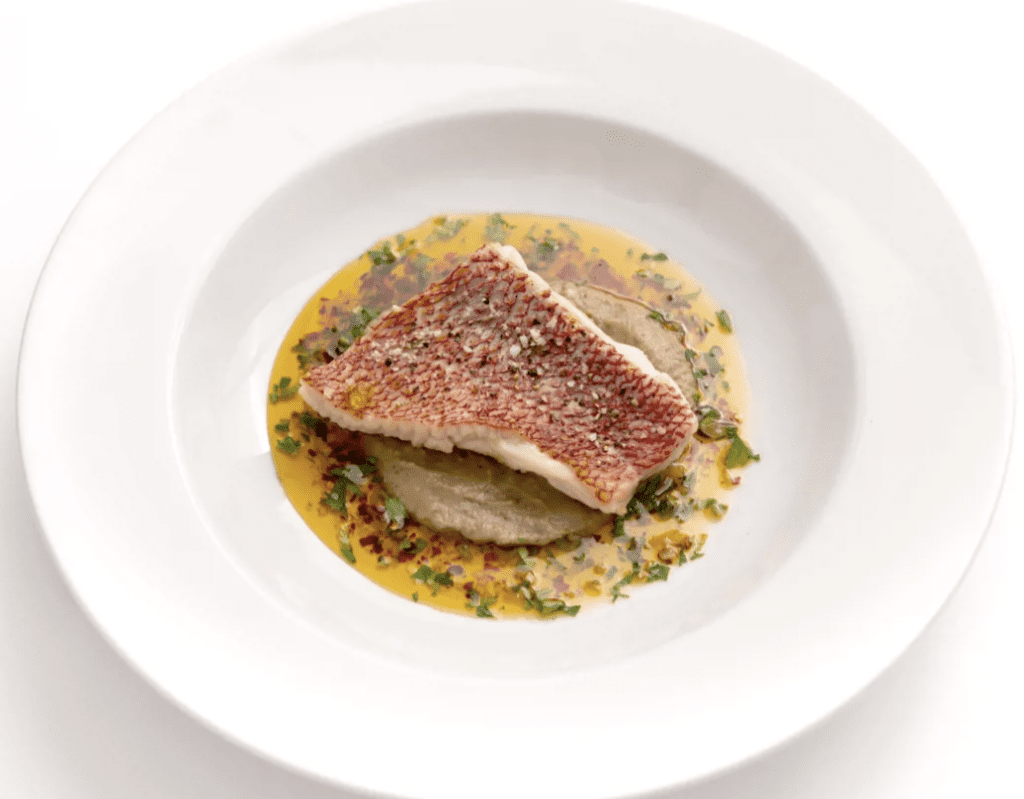
Red Mullet
The red mullets or surmullets are two species of goatfish, Mullus barbatus and Mullus surmuletus, found in the Mediterranean Sea, east North Atlantic Ocean, and the Black Sea.
Red mullet is typically classified as a species of goatfish. Usually, these species are found in the Black Sea, the Mediterranean Sea, or North Atlantic Ocean.
Due to their unique red or orange color, and the specific flavor, red mullets have a long history of intriguing human beings.
Their strong cultural impact is found even in the times of the Ancient Romans, who considered them to be “one of the most famous and valued fish”.
Today, they are an inevitable element of delicious Mediterranean dishes.
The best time of the year to eat dishes including red mullets is from August to October, while it should be avoided from May to July, because of their spawning season.
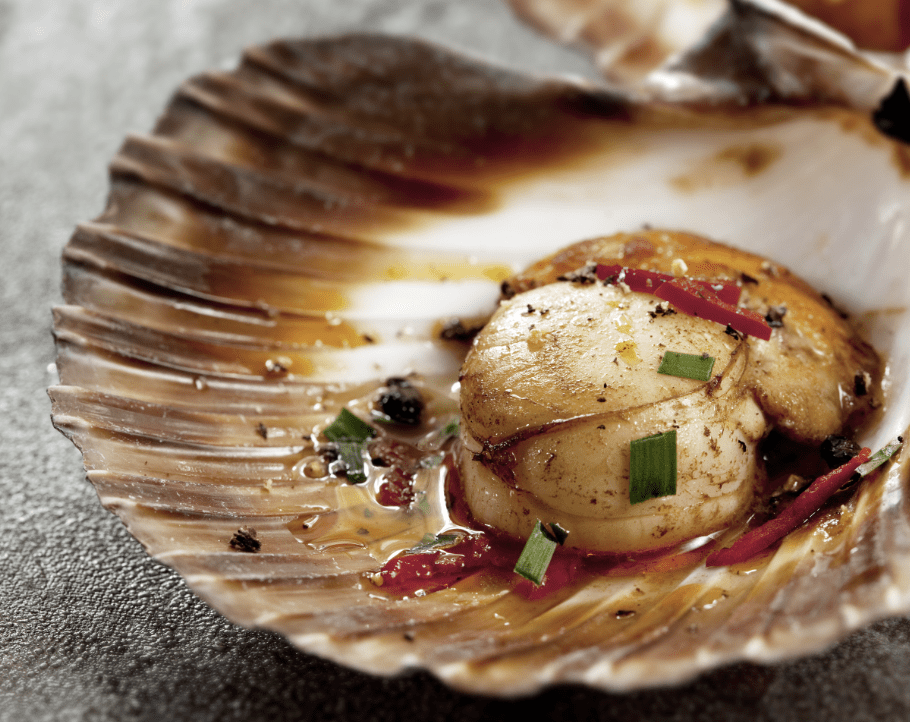
Fish to Eat in Italy – Seared Scallop
In Italy, scallops are sold still in their shells just like clams and oysters.
Traditionally you clean the shells and use them as your serving dish.
Novigradske kapešante are traditional scallops originating from Novigrad in Croatia.
They’re considered one of the tastiest shellfish in the world because they grow in the local marine area where the salty seawater comes into contact with fresh river water.
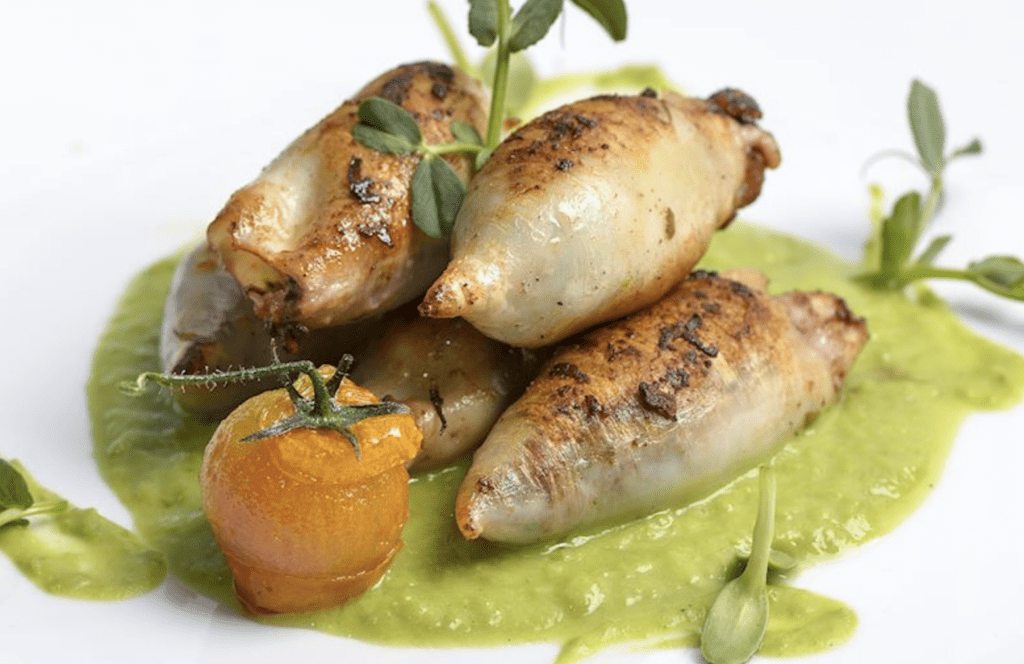
Cuttlefish
A relative of squid and octopus, cuttlefish is beloved across the Mediterranean.
Cuttlefish or cuttles are marine molluscs of the order Sepiida.
They belong to the class Cephalopoda which also includes squid, octopuses, and nautiluses.
Cuttlefish have a unique internal shell, the cuttlebone, which is used for control of buoyancy.
Stuffed cuttlefish, often replaced with the smaller and more available squid, is a traditional Italian dish whose origins are claimed by many Italian regions, including Liguria, Campania, Apulia, and Sicily.
Following this, many regional recipes have been created that use a different combination of ingredients to create various flavorful fillings.
However, all of them employ Italian and Mediterranean classics such as various herbs, garlic, prosciutto, capers, pine nuts, and ricotta, parmesan, or pecorino cheese.
When filled, the cuttlefish is usually pan-fried, grilled, or baked and finished off with the addition of white wine.
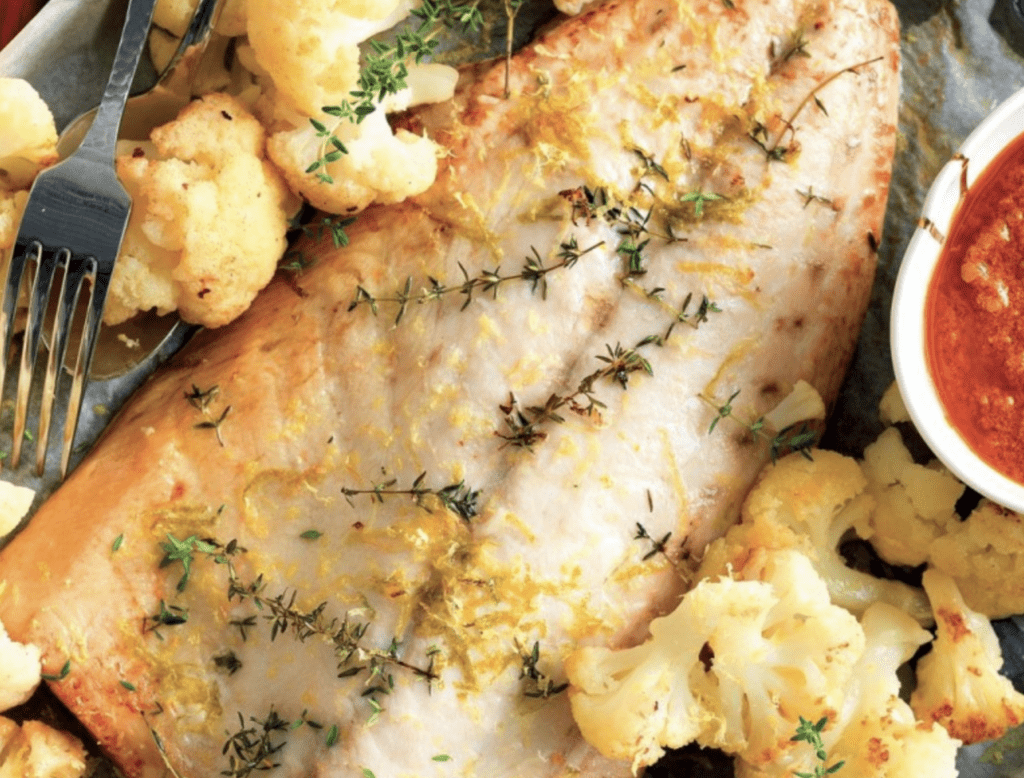
Fish to Eat in Italy – Amberjack
Greater amberjack has a rich, buttery flavor.
The flavor has been described as a mix between tuna and mahi-mahi, though not as steak-like as tuna and not as mild as mahi-mahi.
Amberjack has a very mild flavor and soft texture.
Its texture is lean with large flakes and has a steak-like consistency like a swordfish, although juicier and more succulent.
Compared to a grouper, the amberjack’s texture is a little tougher.
Size will play a big part in the fish’s taste.
As it grows, so too does its flavor intensity.
The best eating specimens are small, with a milder taste.
And people also adore it because amberjack doesn’t have many bones.
The types of amberjack present on the Italian market are:
Atlantic amberjack (seriola carpenteri) -(Known as Guinean amberjack)
Local amberjack (seriola dumerili)
Oceanic amberjack (seriola lalandi)
Black-banded-trevally (seriola nigrofasciata)
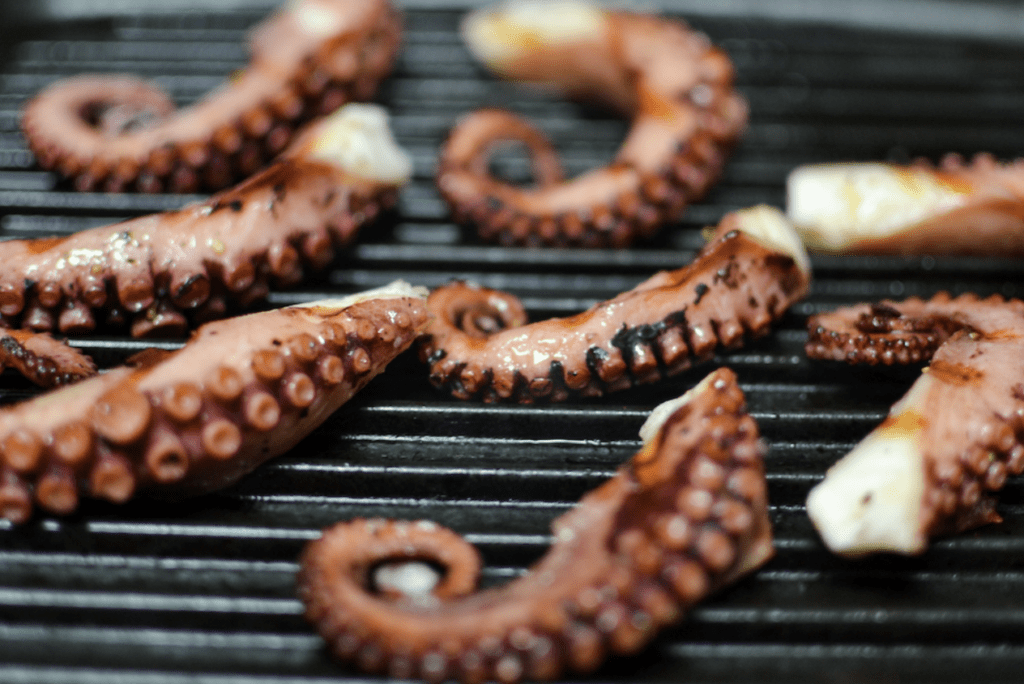
Octopus
Octopus has a bland taste and a very low “fishiness factor” compared to other seafood.
It has virtually no aroma and a soft, crayfish like texture when cooked correctly.
If it is slightly overcooked the texture transforms into a chewy, rubbery texture.
Octopus is often compared to squid but the two are different.
The texture of octopus is tenderer than squid and its flavor is more subtle; it has a slightly nutty and sweet taste.
Cooking octopus correctly isn’t easy.
If you leave steak or chicken on the heat for a little too long it isn’t a big issue but octopus offers no room for error.
A few seconds too long and the texture quickly turns to rubber.
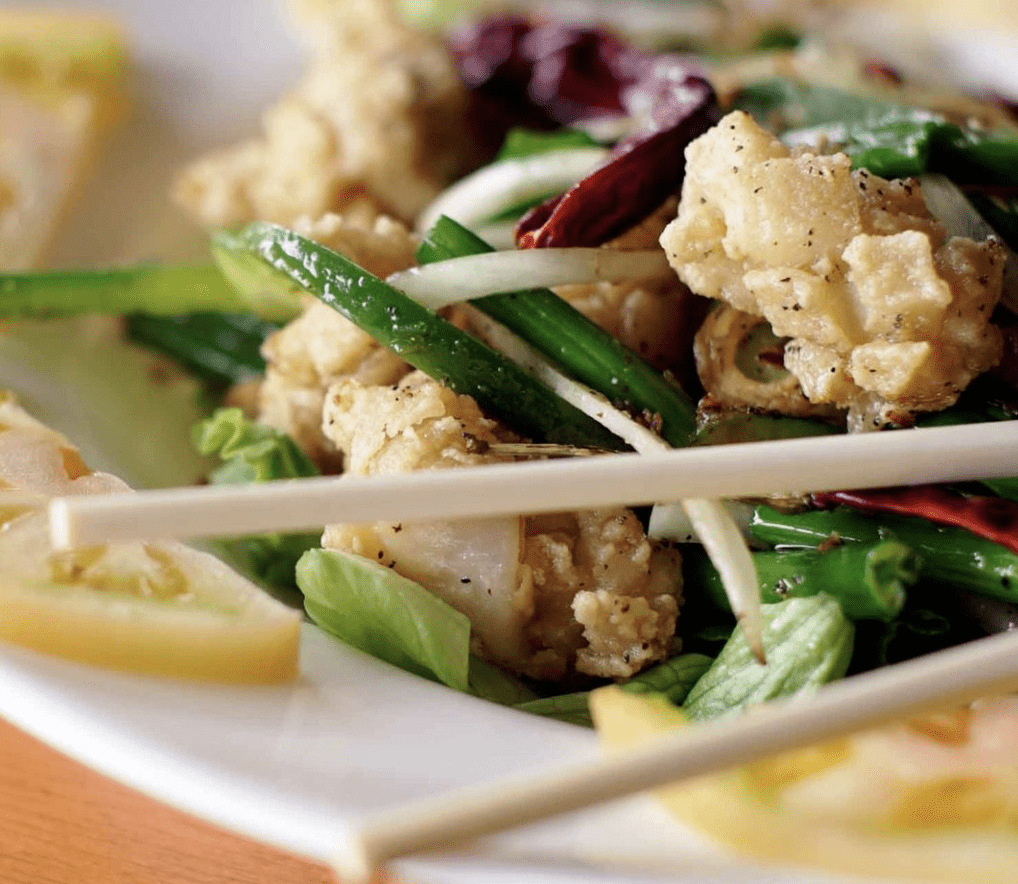
Fish to Eat in Italy – Sand Squid
Calamari, also known as squid, is a popular food in many parts of the world.
Is there a difference between calamari and squid?
It depends on who you ask.
The craziest thing we learned about calamari is that calamari and squid are two different sea creatures.
Calamari is a smaller cephalopod, whereas squid species are famously large.
They look so similar in appearance that their names have become interchangeable, with them both being called calamari in Europe, but there’s more to the name.
In the United States, calamari means food made with squid.
Between two specialties and two countries, calamari has the most confusing name among popular seafood.
Fish to Eat in Italy – Most of Italy’s regions border the coast and each region has its own specialty seafood stew or seafood pasta but a common pasta dish for seafood lovers is spaghetti allo scoglio, or reef spaghetti, made with a variety of shellfish.
Fish to Eat in Italy – Another item you may not be used to seeing is octopus, polpo, which is served in many places along the coast, usually as tentacles grilled or as a warm appetizer, often with potatoes.
The Best Travel Destinations In Italy >>
Boutique & Luxury Hotels In Italy >>
Italian Wines To Drink While In Italy >>
The Best Travel Destinations In Italy >>


